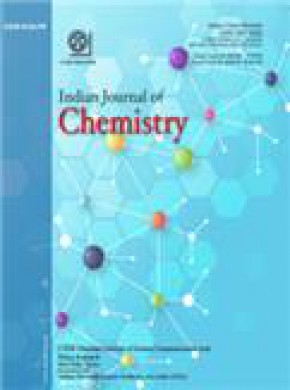
Gold OA文章占比:0.00%
研究類文章占比:100.00%
國際標(biāo)準(zhǔn)簡稱:INDIAN J CHEM
人氣 61
《Indian Journal Of Chemistry》是一本專注于CHEMISTRY, ORGANIC領(lǐng)域的English學(xué)術(shù)期刊,該刊發(fā)文范圍涵蓋CHEMISTRY, ORGANIC等領(lǐng)域,旨在及時(shí)、準(zhǔn)確、全面地報(bào)道國內(nèi)外CHEMISTRY, ORGANIC工作者在該領(lǐng)域的科學(xué)研究等工作中取得的經(jīng)驗(yàn)、科研成果、技術(shù)革新、學(xué)術(shù)動態(tài)等。該刊已被SCIE數(shù)據(jù)庫收錄,2023年影響因子為0.4。
《Indian Journal Of Chemistry》 is an academic journal that focuses on multiple branches of the field of chemistry. It covers a wide range of fields in inorganic chemistry, including synthesis and structural inorganic chemistry, which involves the synthesis methods, structural characterization, and property research of novel inorganic compounds. Inorganic reaction mechanisms are the foundation for understanding how chemical reactions occur, while solid-state chemistry focuses on the chemical and physical properties of solid materials, which have wide applications in the fields of electronics, optics, and catalysis.
Pharmacochemistry focuses on the design, synthesis, and mechanism of action of drugs. Natural product chemistry studies compounds that exist in nature, often possessing unique biological activities. Analytical chemistry is the qualitative and quantitative analysis of material composition, structure, and content, which is crucial in quality control and environmental monitoring. Materials chemistry focuses on the synthesis, properties, and applications of new materials, especially in the fields of nanotechnology, energy storage, and conversion. The research in these fields not only promotes the development of chemical science, but also has significant implications for addressing global issues such as energy, environment, and health. The magazine provides a platform for scholars in the field of chemistry to exchange and share the latest research results by publishing high-quality research papers.
| 大類學(xué)科 | 分區(qū) | 小類學(xué)科 | 分區(qū) | Top期刊 | 綜述期刊 |
| 化學(xué) | 4區(qū) | CHEMISTRY, ORGANIC 有機(jī)化學(xué) | 4區(qū) | 否 | 否 |
中科院分區(qū):中科院分區(qū)是SCI期刊分區(qū)的一種,是由中國科學(xué)院國家科學(xué)圖書館制定出來的分區(qū)。主要有兩個版本,即基礎(chǔ)版和升級版。2019年中國科學(xué)院文獻(xiàn)情報(bào)中心期刊分區(qū)表推出了升級版,實(shí)現(xiàn)了基礎(chǔ)版和升級版的并存過渡;升級版是對基礎(chǔ)版的延續(xù)和改進(jìn),將期刊由基礎(chǔ)版的13個學(xué)科擴(kuò)展至18個,科研評價(jià)將更加明確。
| 按JIF指標(biāo)學(xué)科分區(qū) | 收錄子集 | 分區(qū) | 排名 | 百分位 |
| 學(xué)科:CHEMISTRY, ORGANIC | SCIE | Q4 | 55 / 58 |
6%
|
| 按JCI指標(biāo)學(xué)科分區(qū) | 收錄子集 | 分區(qū) | 排名 | 百分位 |
| 學(xué)科:CHEMISTRY, ORGANIC | SCIE | Q4 | 55 / 58 |
6.03%
|
JCR分區(qū):JCR(Journal Citation Reports)由科睿唯安公司(前身為湯森路透)開發(fā)。JCR沒有設(shè)置大類,只將期刊分為176個具體學(xué)科,也就是中科院分區(qū)中的小類學(xué)科。基于不同學(xué)科的當(dāng)年影響因子高低進(jìn)行排序,將期刊的數(shù)量均勻分為四個部分,Q1區(qū)代表學(xué)科分類中影響因子排名前25%的期刊,以此類推,Q2區(qū)為前25%-50%期刊,Q3區(qū)為前50%-75%期刊,Q4區(qū)為75%以后期刊。
近年中科院分區(qū)趨勢圖
近年IF值(影響因子)趨勢圖
影響因子:是美國科學(xué)信息研究所(ISI)的期刊引證報(bào)告(JCR)中的一項(xiàng)數(shù)據(jù)。指的是某一期刊的文章在特定年份或時(shí)期被引用的頻率,是衡量學(xué)術(shù)期刊影響力的一個重要指標(biāo)。自1975年以來,每年定期發(fā)布于“期刊引證報(bào)告”(JCR)。
1、建議稿件控制10頁以上,文章撰寫語言為英語;(單欄格式,單倍行距,內(nèi)容10號字體,文稿類型包含:原創(chuàng)研究(Original Research)、案例報(bào)告(Case Report)、文獻(xiàn)綜述(Literature Review)等;文件格式包含word、PDF、LaTeX等。
2、稿件重復(fù)率控制10%以內(nèi),論文務(wù)必保證原創(chuàng)性、圖標(biāo)、公式、引文等要素齊備,保證附屬資料的完整。已發(fā)表或引用過度的文章將不會被出版和檢索,禁止一稿多投,拒絕抄襲、機(jī)械性的稿件。
3、稿件必須有較好的英語表達(dá)水平,有圖,有表,有公式,有數(shù)據(jù)或設(shè)計(jì),有算法(方案,模型),實(shí)驗(yàn),仿真等;參考文獻(xiàn)控制25條以上,參考文獻(xiàn)引用一半以上控制在近5年以內(nèi)。
圖片和圖表要求:1、建議使用TIFF、EPS、JPEG格式 ,TIFF格式 使用LZW壓縮。
2、文件大小最大不超過20MB,不要以單個文件的形式上傳數(shù)據(jù)。
3、彩色圖片的分辨率≥300dpi;黑白圖片的分辨率在≥500dpi;line art圖片類型的分辨率≥1000dpi;色彩模式建議采用RGB,除非期刊注明要CMYK。
4、線條不要細(xì)于0.25pt,也不能太粗,超過1.5pt,過細(xì)或過粗都影響美觀。
5、表格一般和manuscrript放置在一個word文檔里部分期刊 需要單獨(dú)上傳表格。
作者信息:1、包括作者姓名、最高學(xué)位,作者單位(精確到部門),郵箱,地址,郵編,關(guān)鍵詞,內(nèi)容,總結(jié),項(xiàng)目基金,參考文獻(xiàn),作者相片+簡介(一定要確保作者信息準(zhǔn)確無誤,提交稿件之后這部分不能再作改動)。
更多征稿細(xì)則請查閱雜志社征稿要求。本站專注期刊咨詢服務(wù)十年,確保SCI檢索,稿件信息安全保密,合乎學(xué)術(shù)規(guī)范不成功不收費(fèi),詳情請咨詢客服。
若用戶需要出版服務(wù),請聯(lián)系出版商。
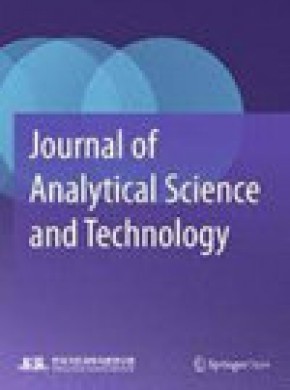
中科院分區(qū) 4區(qū)
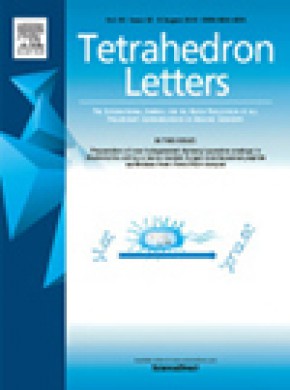
中科院分區(qū) 4區(qū)
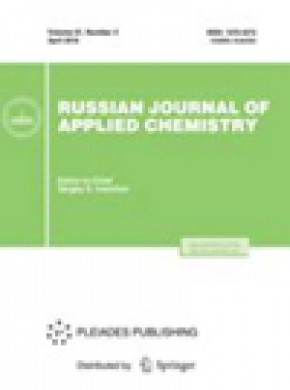
中科院分區(qū) 4區(qū)
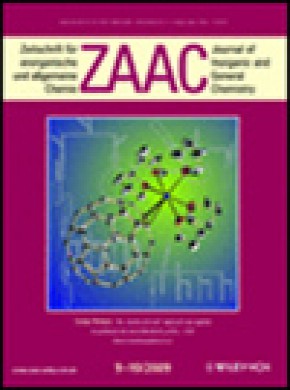
中科院分區(qū) 4區(qū)
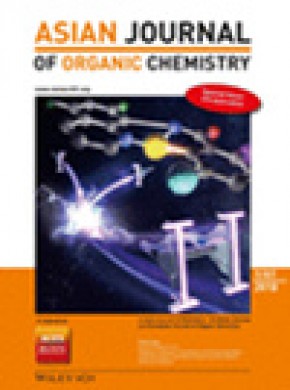
中科院分區(qū) 4區(qū)
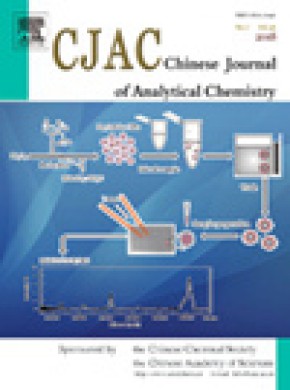
中科院分區(qū) 4區(qū)
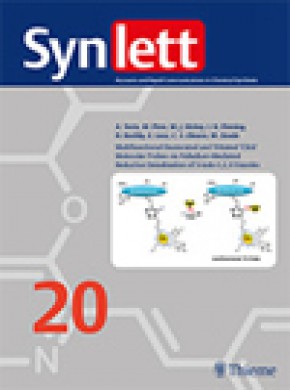
中科院分區(qū) 4區(qū)
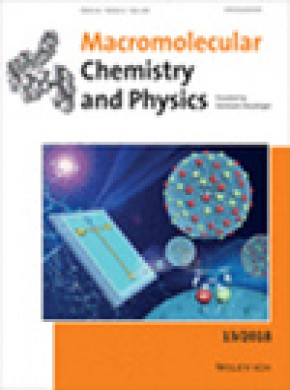
中科院分區(qū) 4區(qū)